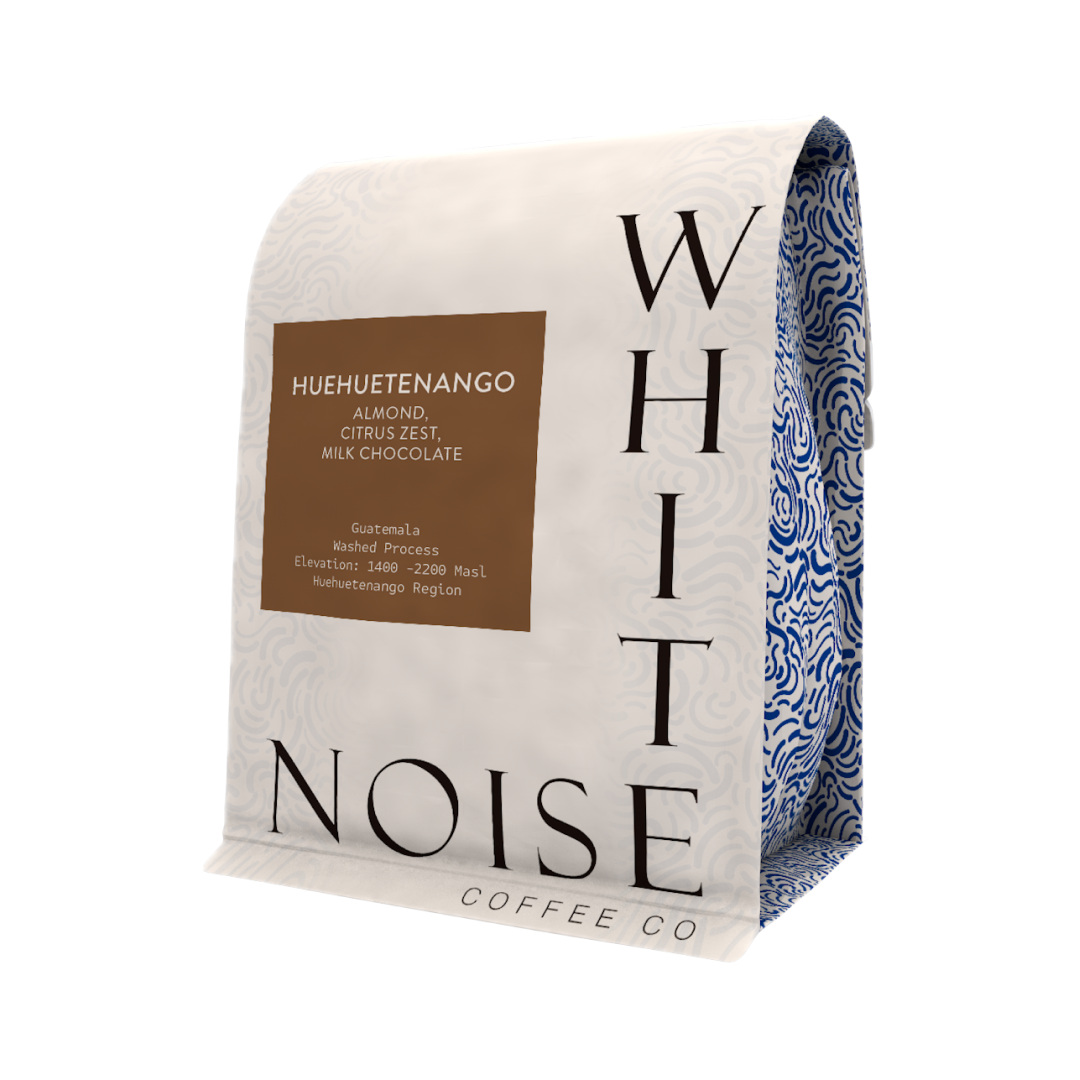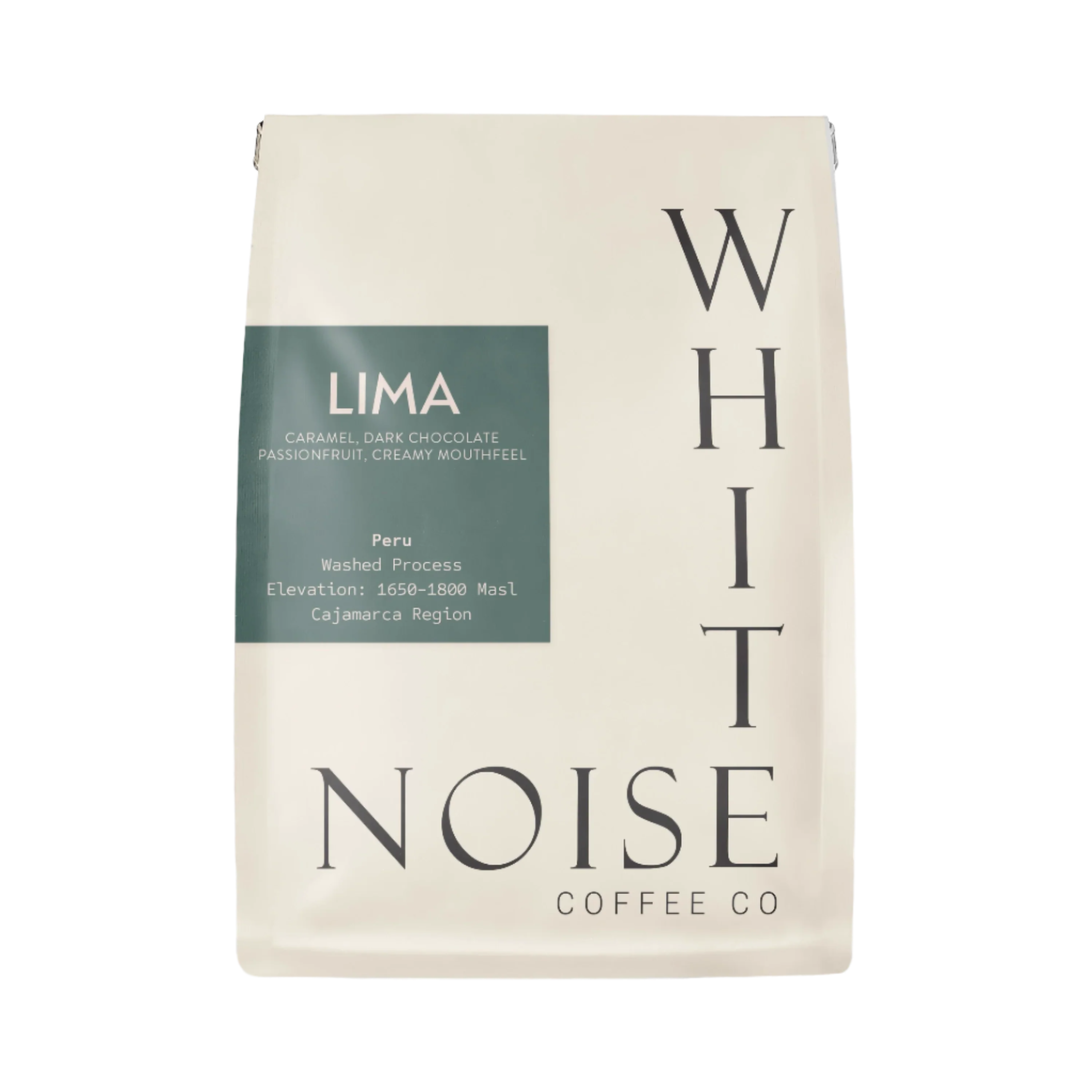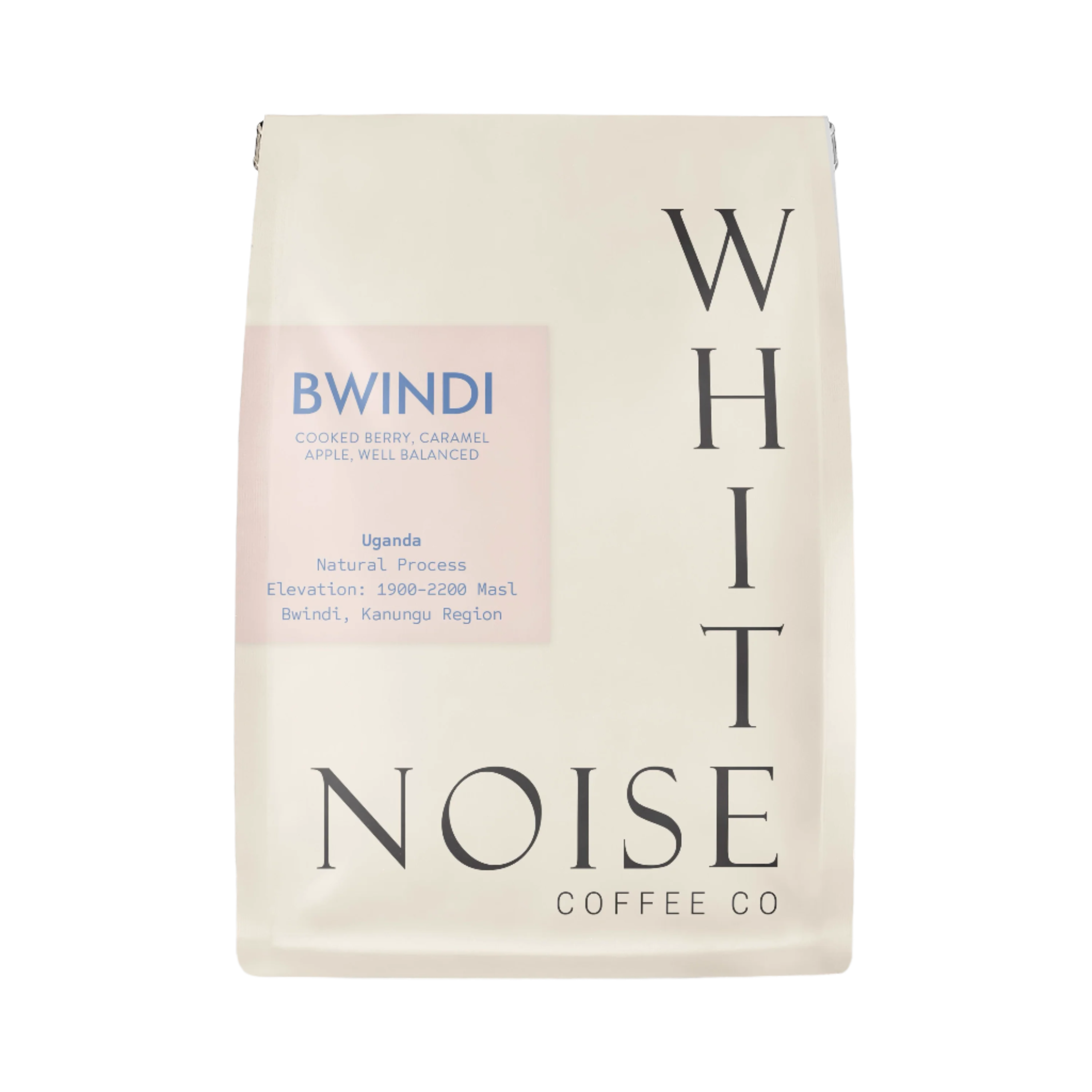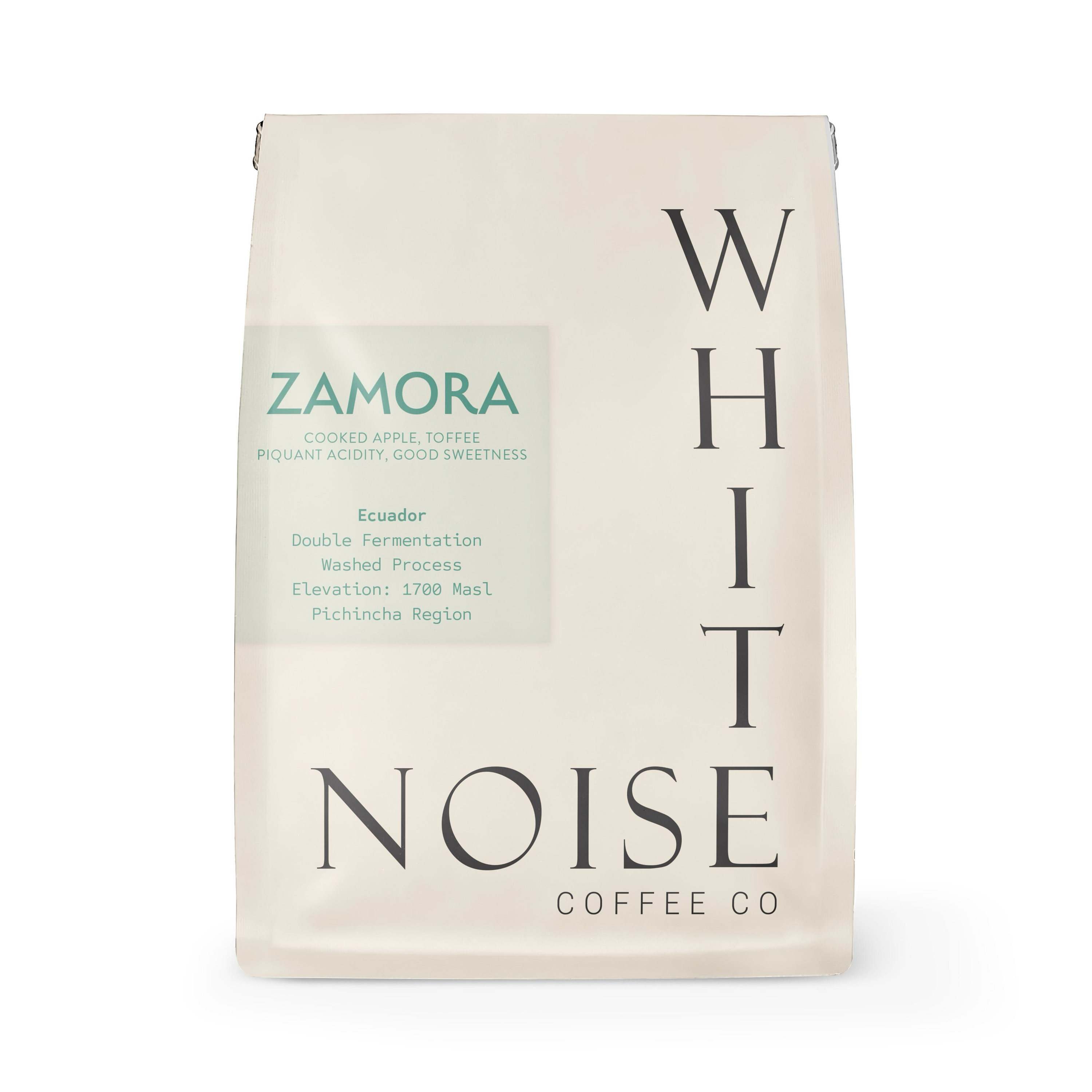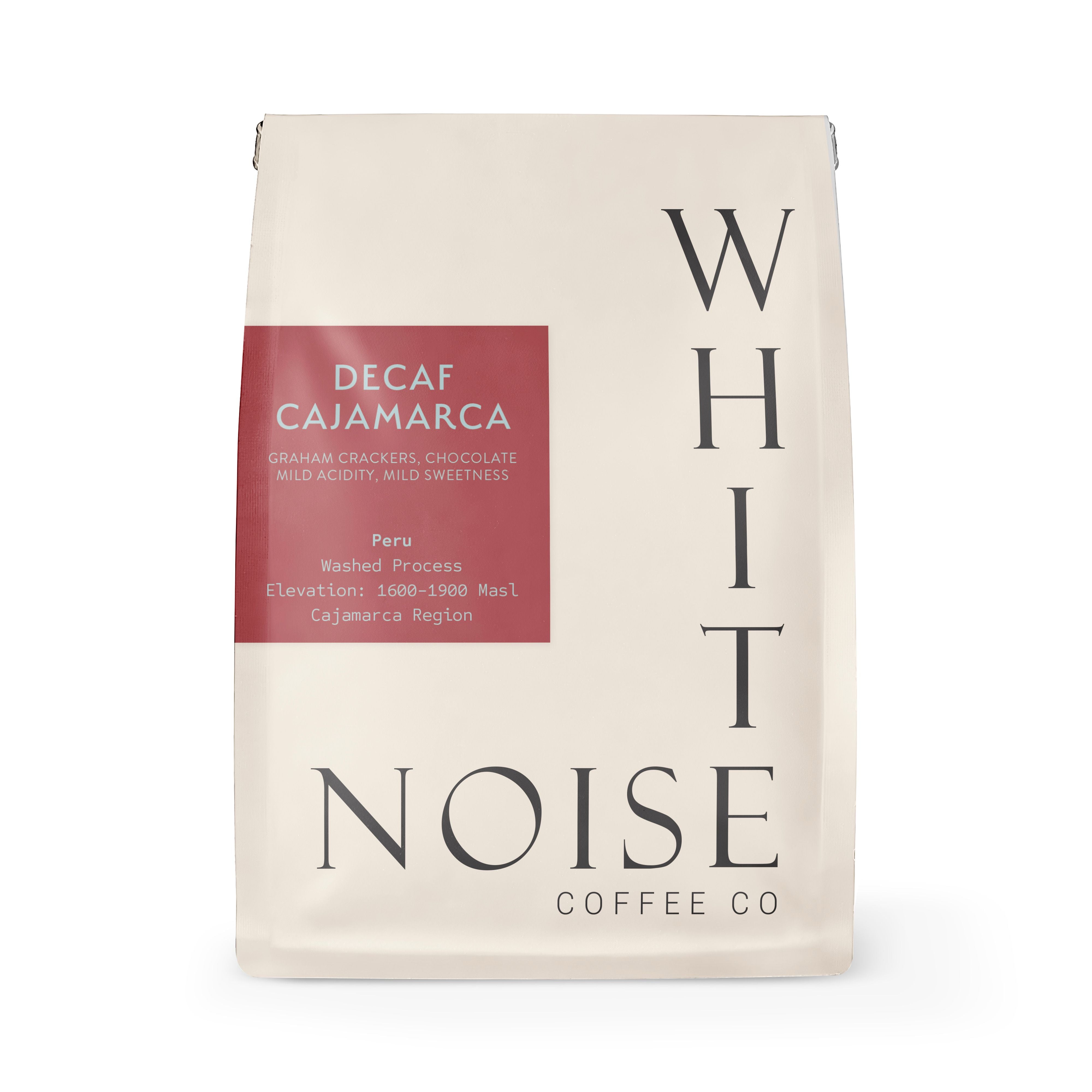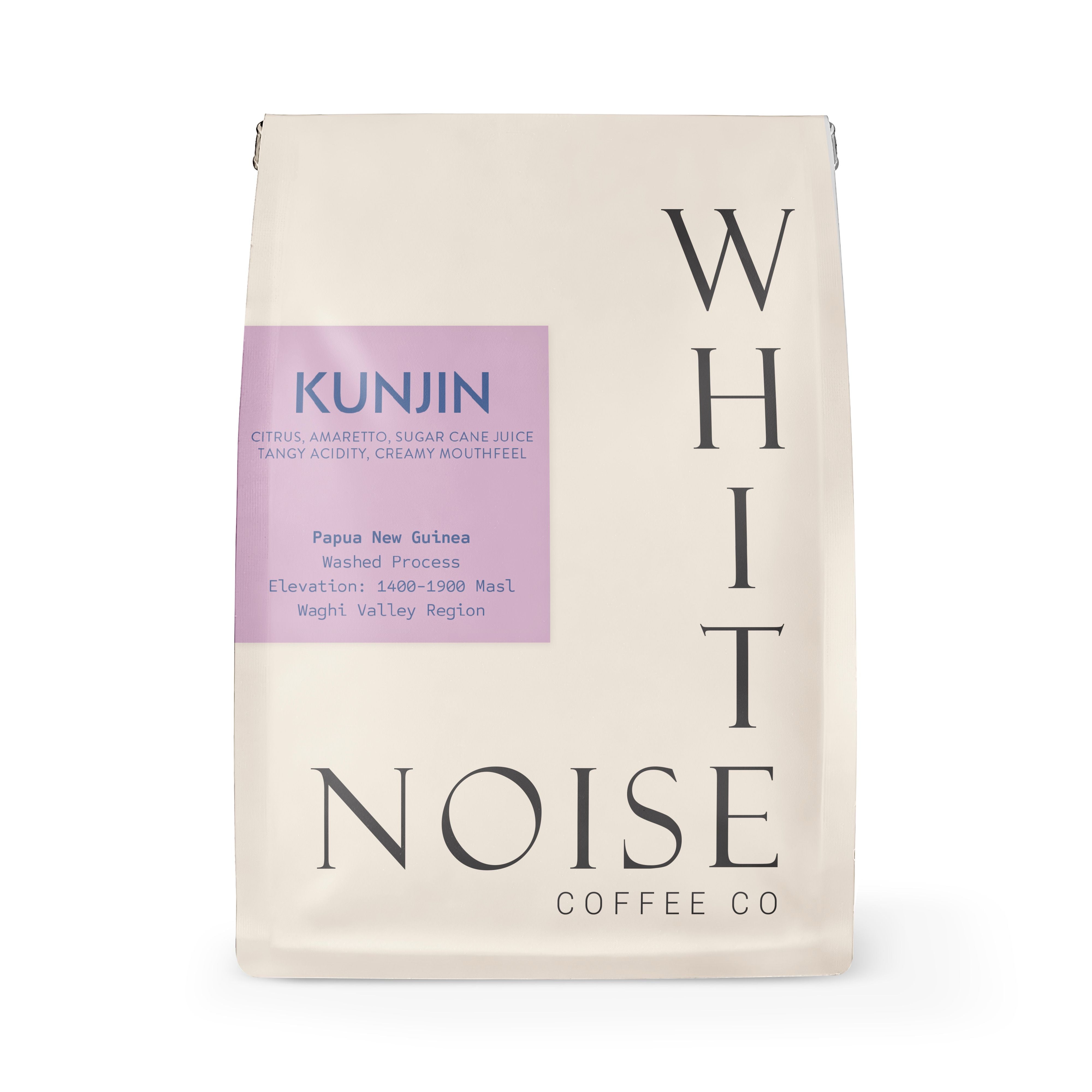Washed vs. Natural Coffee: From Bean to Brew
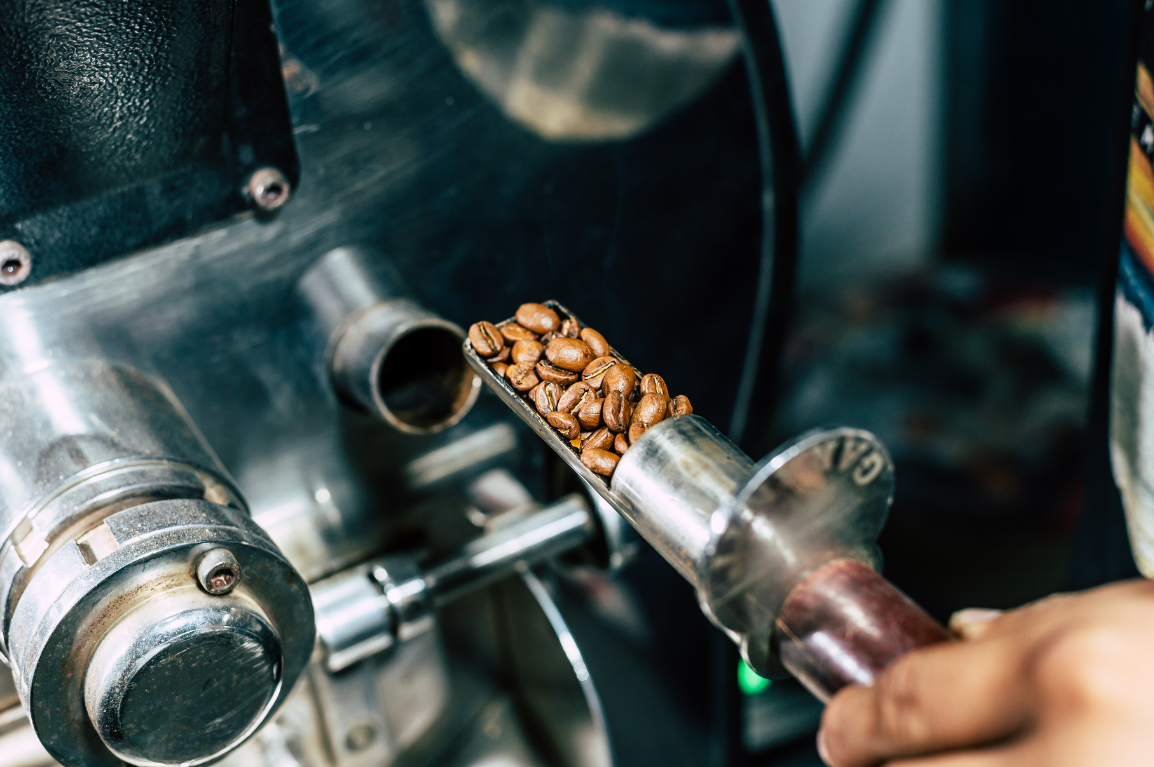
When it comes to crafting the perfect cup, few things matter more than the way coffee is processed. Two of the most popular methods are washed and natural coffee processes, each leaving a distinct mark on the flavor and quality of your brew.
These coffee processes don’t just affect the taste—they define it. From the bright and clean notes of washed coffee to the bold and fruity profiles of natural coffee, understanding these methods unlocks a deeper appreciation for your morning cup.
What Is Washed Coffee?
Washed coffee is a coffee processing method that involves removing the mucilage from the coffee bean before it is left to dry. This method, one of the two most common coffee processing techniques alongside the natural process, begins with fermentation to break down the mucilage. Once the beans are washed clean, they are spread out on raised beds to dry in the sun. This thorough cleaning affects the flavor of your coffee, often leading to a cleaner taste compared to natural process coffee, where the mucilage still clings to the bean during drying. The washed coffee method can influence the mouthfeel, offering a lighter and brighter profile, often preferred by coffee roasters for espresso and other brewing methods.
In contrast, the dry process, or natural process, allows the coffee is often left to dry with the fruit intact, which can lead to more fruity and complex flavors. This method is common in regions like Ethiopia Yirgacheffe coffee. Meanwhile, innovations such as the honey process and anaerobic coffee further expand the spectrum of descriptions of coffee. These methods affect the flavor and mouthfeel, creating a diverse range of roasted beans for coffee roasters to explore. Whether you’re enjoying a good coffee, a decaf royal select water process, or even exploring what's the deal with natural and washed coffees, understanding what's the difference in processing can enhance your appreciation of royal select water process coffee.
What Is Natural Coffee?![]()

What's the deal with coffee processing, and how does it affect the taste and quality of your cup? Among the various coffee processes that exist, the natural process is one of the most exciting. In this method, ripe coffee cherries are picked and left to dry with the pulp still intact. The fermentation process occurs naturally in the fruit's sugars without being fermented in water, unlike washed processed coffee which is de-pulped and washed with water.
The natural process alternative allows the coffee to be dried slowly, ensuring the moisture content is just right for specialty coffee. This method requires careful attention to ensure even drying and prevent mold. Once the coffee is dried, the fruit is removed, leaving the parchment layer. The green coffee is then ready for export.
Natural coffees tend to have a fruity, complex flavor profile, unlike washed coffees which have a cleaner taste. For those looking to shop all coffee options, Brazil Mogiano coffee is an example of a natural processed coffee. While honey processed coffees lie somewhere in between the two processing methods, natural coffees tend to stand out for their unique type of coffee flavors.
Washed vs. Natural Coffee: Flavor Profiles
Coffee lover who has tried many beans will notice the differences between washed vs natural coffee processes exist primarily in their flavor profiles. The washed method involves removing the fruit still intact from the coffee is sent for processing, and the natural sugars are removed before drying. As a result, washed coffees tend to have a cleaner and brighter taste, often highlighting the more delicate notes of the beans.
On the other hand, natural processed coffees retain the fruit still intact during drying the coffee beans. This allows the natural sugars to infuse into the beans, resulting in a more fruity and complex flavor. When you see natural processed coffees, you're likely to experience a more exciting and wild taste profile. These are the common ways that freshly picked beans may be processed, and each method offers unique characteristics. Some methods, like honey for example, share elements similar to the washed and natural process exciting, providing a different balance of flavors.
The way coffee is processed significantly impacts its flavor profile, making washed and natural coffees distinct experiences.
- bright, and acidic notes, with tasting profiles like mild citrus, floral undertones, and tea-like nuances.
- Natural Coffee, on the other hand, offers a fuller body with sweet, fruity flavors such as berries and stone fruits, often paired with a wine-like acidity and a syrupy finish.
These differences make both styles unique, giving coffee enthusiasts plenty to explore when choosing their next brew.
How Coffee Processing Affects Taste

Coffee processing significantly influences the flavors and aromas that end up in your cup. The two primary methods, natural and washed, each impart distinct characteristics to the coffee. In the natural process, coffee cherries are dried with the fruit still intact, allowing the beans to absorb sugars and flavors from the pulp. This method often results in a fruitier and more complex taste profile, with notes of berries and tropical fruits.
On the other hand, the washed process involves removing the fruit before drying the beans. This method tends to produce a cleaner and brighter flavor profile, highlighting the bean's inherent qualities without the influence of the fruit. The differences between washed vs natural processing can be quite pronounced, with the former often showcasing acidity and clarity, while the latter brings a fuller body and more pronounced sweetness.
Choosing the Right Coffee for Your Palate

Choosing the right coffee for your palate involves understanding the nuances of different coffee processing methods, such as washed coffee processing and natural processing. These methods significantly impact the flavor profile of the coffee.
Washed coffee processing is known for producing a clean and bright taste. It involves removing the coffee cherry’s skin and fruit before the beans are dried, which often highlights the bean's inherent characteristics and acidity. This method is ideal for those who prefer a crisp and clear cup, where the unique flavors of the coffee bean are more pronounced.
On the other hand, natural processing involves drying the coffee cherries whole, allowing the beans to absorb flavors from the surrounding fruit. This results in a cup with a heavier body and fruity or wine-like notes, making it a great choice for those who enjoy a richer, more complex flavor profile. Understanding these methods can help you select a coffee that best suits your taste preferences.
At White Noise Coffee Co., we offer a wide selection of coffees processed using both methods, ensuring there’s something for everyone. Explore our range of signature blends and single-origin coffees to find your next favorite cup.

